Home>Gardening & Outdoor>Landscaping Ideas>How To Get Grass To Grow Back
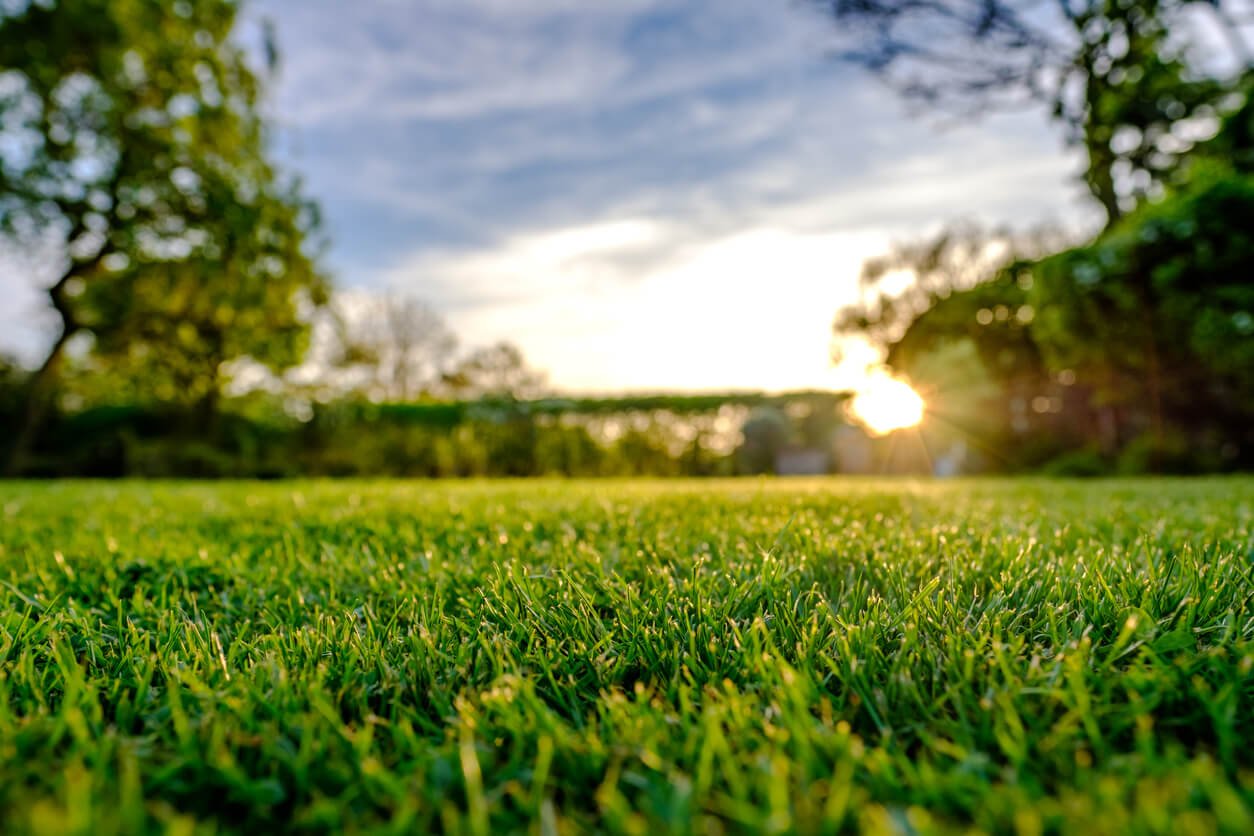

Landscaping Ideas
How To Get Grass To Grow Back
Modified: October 19, 2024
Learn effective landscaping ideas to get your grass to grow back and transform your lawn into a lush green paradise. Discover expert tips and techniques for achieving a healthy, vibrant lawn.
(Many of the links in this article redirect to a specific reviewed product. Your purchase of these products through affiliate links helps to generate commission for Storables.com, at no extra cost. Learn more)
Introduction
Welcome to the ultimate guide on revitalizing your lawn and bringing your grass back to life. A lush, green lawn not only enhances the aesthetic appeal of your property but also provides a welcoming space for outdoor activities and relaxation. Whether your lawn has been affected by harsh weather conditions, foot traffic, or neglect, restoring its vibrancy is achievable with the right approach and knowledge.
In this comprehensive guide, we will explore the essential steps to rejuvenate your lawn and encourage healthy grass regrowth. From assessing the current condition of your lawn to selecting the appropriate grass seed and implementing effective planting and watering techniques, each stage is crucial in the journey to reviving your lawn’s natural beauty. By following these expert tips and techniques, you can look forward to enjoying a revitalized and resilient lawn that will be the envy of your neighborhood.
So, roll up your sleeves and get ready to embark on this rewarding landscaping adventure. Let’s dive into the process of bringing your grass back to its former glory and creating a vibrant outdoor space for you and your loved ones to enjoy.
Key Takeaways:
- Reviving your lawn involves assessing its condition, preparing the soil, choosing the right grass seed, and implementing effective planting and watering techniques for successful grass regrowth.
- Ongoing maintenance and care, including mowing, fertilizing, and addressing potential challenges, are crucial for nurturing the growth of new grass and ensuring a resilient and vibrant lawn.
Read more: How To Get My Dead Grass To Grow Back
Assessing the Condition of Your Lawn
Before embarking on the journey to revive your lawn, it’s essential to assess the current state of your grassy expanse. Understanding the underlying issues and challenges will guide you in formulating a targeted plan for regrowth and revitalization.
Begin by closely examining the overall appearance of your lawn. Are there patches of bare soil, areas with sparse grass coverage, or signs of discoloration and distress? Identifying these areas will help you pinpoint the specific areas that require attention and intervention.
Next, evaluate the soil quality and composition. Is the soil compacted, hindering the healthy growth of grass roots? Conduct a simple soil compaction test by inserting a screwdriver or garden fork into the ground. If it meets resistance or is difficult to penetrate, the soil may be compacted and in need of aeration.
Furthermore, inspect the presence of thatch, a layer of dead grass and organic matter that accumulates on the soil surface. Excessive thatch can impede water, air, and nutrient penetration, hampering the growth of new grass. Use a garden rake to gently remove thatch and promote a healthier environment for new grass growth.
Consider the level of sunlight exposure in different areas of your lawn. Some grass varieties thrive in full sunlight, while others are better suited to shaded conditions. Understanding the sunlight patterns will aid in selecting the most suitable grass seed for your specific lawn environment.
Lastly, assess the drainage and moisture levels of the soil. Poor drainage can lead to waterlogged areas, which are detrimental to grass growth. Conversely, excessively dry soil can hinder germination and establishment of new grass seed. By identifying areas with drainage issues, you can take proactive steps to improve the soil’s ability to retain and distribute moisture effectively.
By thoroughly assessing the condition of your lawn, you will gain valuable insights into the specific challenges that need to be addressed. Armed with this knowledge, you can proceed to the next crucial steps in the journey to reviving your grass and nurturing a resilient, verdant lawn.
Preparing the Soil for Grass Regrowth
Optimal soil preparation is a fundamental step in creating an environment conducive to successful grass regrowth. By addressing soil compaction, enhancing nutrient levels, and promoting aeration, you can lay the groundwork for healthy and vigorous new grass growth.
Begin by aerating the soil to alleviate compaction and improve air and water penetration. Aeration can be accomplished using a manual or mechanical aerator, which creates small channels in the soil, allowing essential elements to reach the grassroots more effectively. This process also encourages the development of a robust root system, essential for the long-term health of your lawn.
Once the soil is aerated, consider conducting a soil test to assess its nutrient composition. Understanding the soil’s pH levels and nutrient deficiencies will guide you in selecting the appropriate soil amendments. Adding organic matter such as compost or well-decomposed manure can enhance the soil’s fertility and structure, providing an ideal foundation for new grass growth.
Furthermore, consider applying a high-quality starter fertilizer specifically formulated for new grass establishment. These fertilizers are designed to provide essential nutrients that promote strong root development and initial growth, setting the stage for a thriving lawn. Follow the manufacturer’s recommendations for application rates and timing to maximize the benefits of the fertilizer.
After addressing soil compaction and nutrient levels, it’s essential to ensure proper seed-to-soil contact for successful germination and establishment of new grass. Rake the soil surface to create a fine, level seedbed, removing any debris or large clumps that may hinder the seeding process. This preparation promotes consistent seed coverage and facilitates the absorption of moisture, fostering an ideal environment for germination.
By meticulously preparing the soil for grass regrowth, you are laying the groundwork for a resilient and vibrant lawn. The efforts invested in soil preparation will significantly contribute to the success of your grass revitalization endeavors, setting the stage for the next crucial phase: selecting the right grass seed for your lawn’s unique requirements.
Choosing the Right Grass Seed
When it comes to rejuvenating your lawn, selecting the appropriate grass seed is a pivotal decision that significantly influences the outcome of your efforts. Factors such as climate, soil type, sunlight exposure, and intended use of the lawn should all be considered when choosing the right grass seed for your revitalization project.
Begin by identifying the climate zone in which your lawn is located. Different grass species thrive in specific climate conditions, so it’s crucial to select a seed variety that is well-suited to your region’s climate. Cool-season grasses, such as Kentucky bluegrass and fescue, flourish in northern regions, while warm-season grasses like Bermuda grass and Zoysia grass are better suited to southern climates.
Consider the soil type and quality of your lawn. Some grass varieties are more adaptable to different soil compositions, such as sandy, loamy, or clay soils. Understanding your soil type will guide you in selecting a grass seed that can thrive in the existing soil conditions, promoting successful establishment and long-term resilience.
Assess the sunlight exposure in different areas of your lawn. Some grass species require full sunlight to thrive, while others are more tolerant of shade. By evaluating the sunlight patterns, you can choose a grass seed blend that matches the specific light conditions in different areas of your lawn, ensuring uniform coverage and robust growth.
Consider the intended use of your lawn. Are you looking for a durable, traffic-resistant grass for a family play area, or are you aiming to create a lush, ornamental lawn with a focus on aesthetics? Different grass varieties offer varying levels of wear tolerance, texture, and visual appeal. By aligning the grass seed selection with your lawn’s intended use, you can achieve the desired balance of functionality and visual appeal.
Furthermore, explore the option of using a seed blend that combines multiple grass species. Blended seeds offer the advantage of diversity, with each species contributing unique strengths to the overall lawn ecosystem. For example, a blend of Kentucky bluegrass, perennial ryegrass, and fine fescue can provide a well-rounded, resilient lawn that adapts to diverse environmental conditions.
By carefully considering these factors and selecting the right grass seed for your lawn’s unique requirements, you are laying the foundation for a successful grass revitalization project. The next crucial steps involve implementing effective planting and watering techniques to ensure the successful germination and establishment of your chosen grass seed, bringing your vision of a vibrant, thriving lawn one step closer to reality.
Water your lawn regularly, ensure it gets enough sunlight, and use fertilizer to promote healthy grass growth. Also, consider overseeding to fill in any bare patches.
Planting and Watering Techniques
As you embark on the journey to revitalize your lawn, the proper planting and watering techniques play a pivotal role in ensuring the successful germination and establishment of your chosen grass seed. By following best practices for seeding, watering, and nurturing new grass growth, you can set the stage for a resilient and vibrant lawn that will be the pride of your outdoor space.
Begin by evenly distributing the selected grass seed across the prepared soil surface. Use a broadcast spreader or a handheld spreader to achieve consistent coverage, ensuring that the seeds are distributed at the recommended rate for the specific grass species. Rake the seeded area lightly to incorporate the seeds into the soil, promoting seed-to-soil contact and enhancing the germination process.
After planting the grass seed, it’s crucial to initiate a consistent and thorough watering regimen to support germination and early growth. Water the seeded area lightly immediately after planting to moisten the soil surface, and continue to water regularly to keep the soil consistently moist but not waterlogged. Adequate moisture is essential for seed germination and the development of healthy seedlings.
Monitor the newly seeded area closely, adjusting the watering frequency based on environmental conditions and the moisture level of the soil. Avoid allowing the soil to dry out completely, as this can impede germination and hinder the establishment of new grass growth. Conversely, excessive water can lead to seed displacement and fungal issues, so striking a balance is key.
Consider utilizing a lightweight mulch, such as straw or erosion control blankets, to cover the seeded area. Mulch helps retain soil moisture, protects the seeds from birds and wind displacement, and provides a conducive environment for germination. When using mulch, ensure that it is applied lightly to avoid smothering the seeds and impeding their emergence.
As the newly planted grass begins to germinate and establish, gradually transition to deeper, less frequent watering to encourage the development of a robust root system. Deep watering promotes deep root growth, enhancing the resilience and drought tolerance of the emerging grass. Monitor the soil moisture and adjust your watering schedule accordingly to support the ongoing health and vigor of the new grass growth.
By implementing these effective planting and watering techniques, you are nurturing the ideal conditions for successful germination and establishment of your chosen grass seed. The next crucial phase involves ongoing maintenance and care to support the continued growth and development of your revitalized lawn, ensuring a lush and resilient outdoor space for years to come.
Read more: How Fast Does The Grass Grow Back In Golf
Maintaining and Caring for New Grass Growth
As the new grass begins to emerge and establish itself, ongoing maintenance and care are essential to nurture its growth and ensure the development of a resilient and vibrant lawn. By following best practices for mowing, fertilizing, and addressing potential challenges, you can foster healthy grass growth and contribute to the long-term success of your revitalization efforts.
Once the new grass reaches a height of approximately 3 to 4 inches, it’s time to initiate the first mowing. Set your mower to a higher setting to avoid removing more than one-third of the grass blade length in a single mowing session. Gradually reduce the mowing height over subsequent mowing sessions as the grass becomes more established. Regular mowing encourages lateral growth and promotes a dense, lush lawn.
Consider the application of a high-quality, slow-release fertilizer specifically formulated for new grass establishment. These fertilizers provide essential nutrients that support root development and overall grass health. Follow the manufacturer’s recommendations for application rates and timing, ensuring that the fertilizer is applied when the grass is dry to prevent clumping and potential damage to the emerging seedlings.
Monitor the new grass growth for signs of stress or potential issues. Keep an eye out for pests, diseases, or weed encroachment that may hinder the healthy development of the grass. Address any emerging challenges promptly, utilizing targeted treatments or cultural practices to maintain the vigor and resilience of the new grass.
As the grass continues to establish itself, consider implementing a consistent watering schedule that promotes deep root growth and drought tolerance. Deep, infrequent watering encourages the development of a robust root system, enhancing the overall resilience of the lawn. Adjust your watering regimen based on seasonal changes and the specific water requirements of the grass species you have chosen.
Furthermore, consider overseeding any remaining sparse areas to promote uniform coverage and density across the entire lawn. Select a high-quality grass seed blend that complements the existing grass species, and ensure proper soil preparation and watering to support the successful establishment of the new seedlings.
By maintaining a proactive approach to caring for the new grass growth, you are contributing to the long-term health and vitality of your revitalized lawn. The dedication and attention invested in nurturing the emerging grass will yield a lush, resilient outdoor space that provides a welcoming and aesthetically pleasing environment for your enjoyment and relaxation.
Conclusion
Congratulations on embarking on the journey to revitalize your lawn and bring your grass back to life. By following the comprehensive steps outlined in this guide, you have taken a significant stride towards creating a vibrant and resilient outdoor space that will be the envy of your neighborhood. From assessing the condition of your lawn to selecting the right grass seed and implementing effective planting and watering techniques, each stage is pivotal in the process of rejuvenating your lawn.
Through meticulous soil preparation, thoughtful grass seed selection, and proactive maintenance, you have set the stage for successful grass regrowth and the establishment of a lush, thriving lawn. The dedication and care invested in nurturing the emerging grass will yield a resilient and visually appealing outdoor environment that provides a welcoming space for outdoor activities and relaxation.
As you continue to monitor the progress of your revitalized lawn, remember the importance of ongoing maintenance and care. Regular mowing, targeted fertilization, and proactive pest and weed management are essential elements in preserving the health and vigor of your newly established grass. By maintaining a proactive approach to lawn care, you can ensure the long-term resilience and beauty of your outdoor space.
Furthermore, consider the environmental benefits of a healthy, vibrant lawn, including improved air quality, soil stabilization, and the creation of a habitat for beneficial insects and wildlife. Your revitalized lawn contributes to a sustainable and visually appealing landscape that enhances the overall beauty of your property.
In closing, the journey to revitalize your lawn is a rewarding endeavor that yields tangible results in the form of a lush, resilient outdoor space. By following the expert tips and techniques outlined in this guide, you have equipped yourself with the knowledge and tools to create a vibrant and inviting lawn that will be enjoyed for years to come. Embrace the process, enjoy the transformation, and revel in the beauty of your revitalized grassy expanse.
Frequently Asked Questions about How To Get Grass To Grow Back
Was this page helpful?
At Storables.com, we guarantee accurate and reliable information. Our content, validated by Expert Board Contributors, is crafted following stringent Editorial Policies. We're committed to providing you with well-researched, expert-backed insights for all your informational needs.
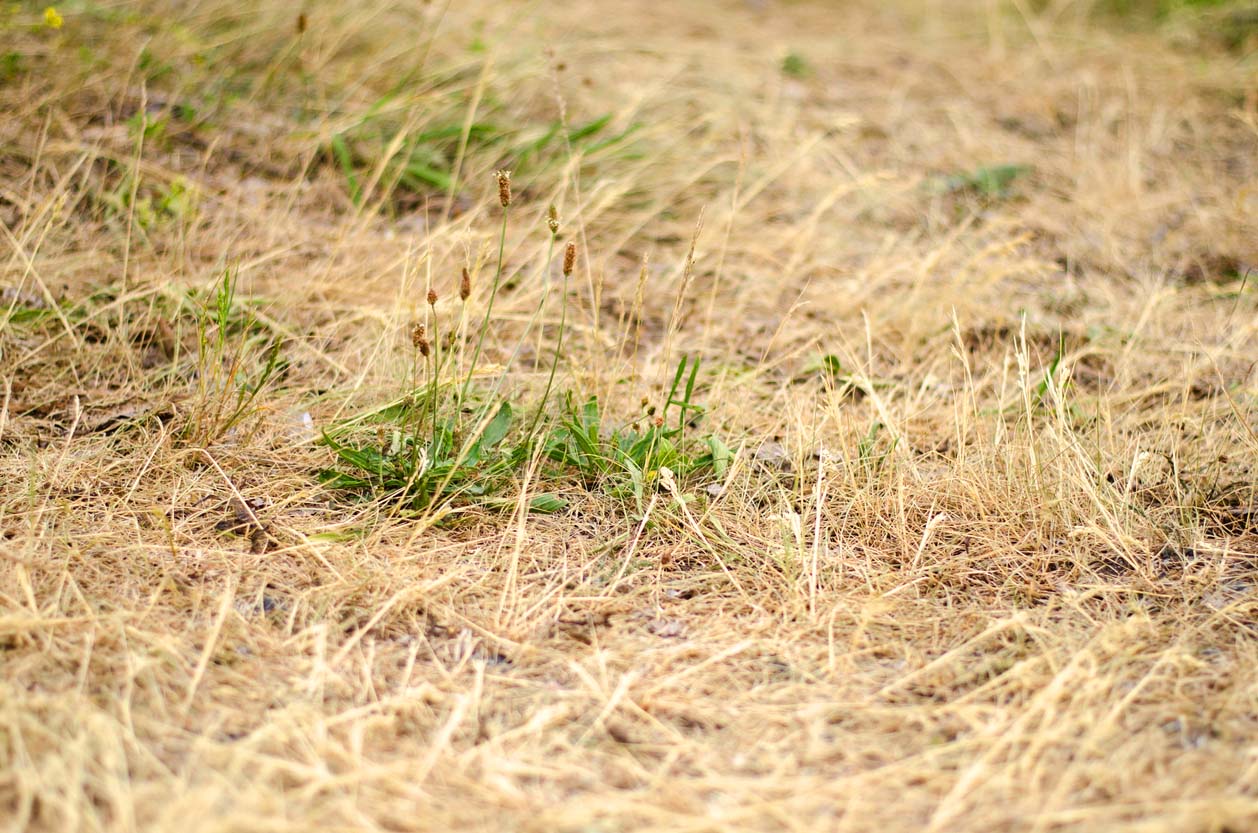
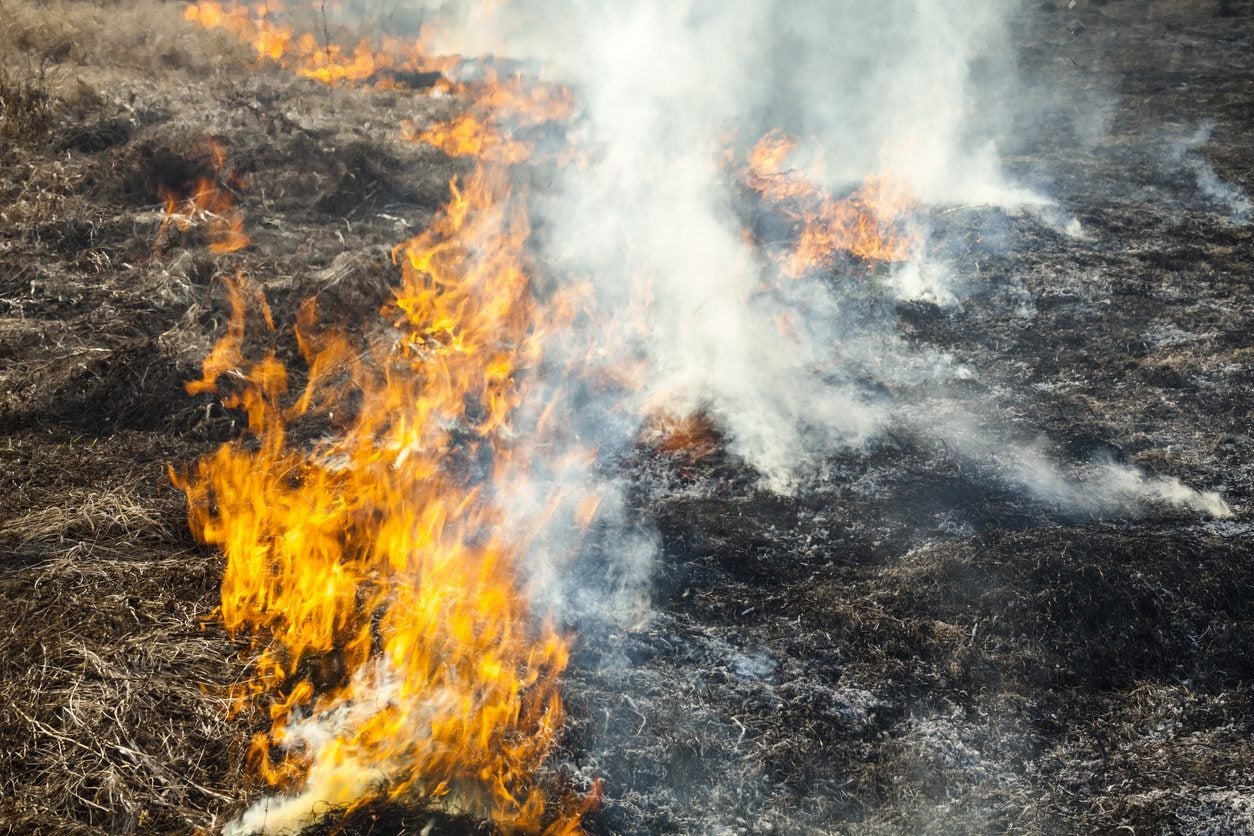



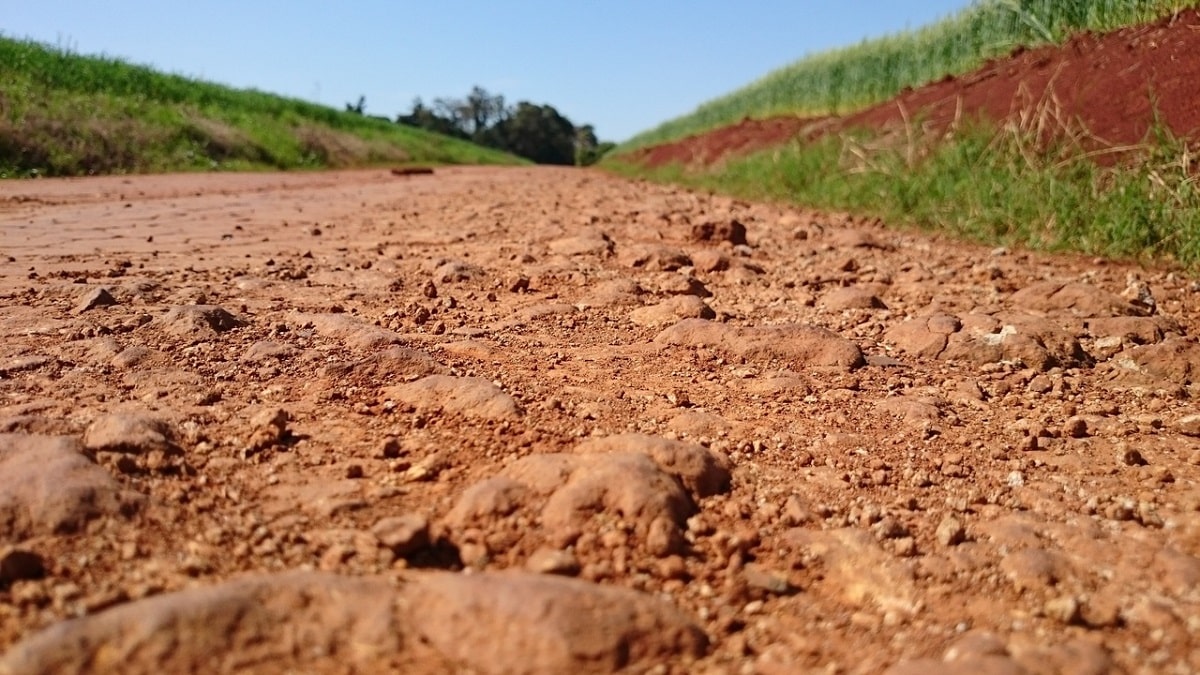
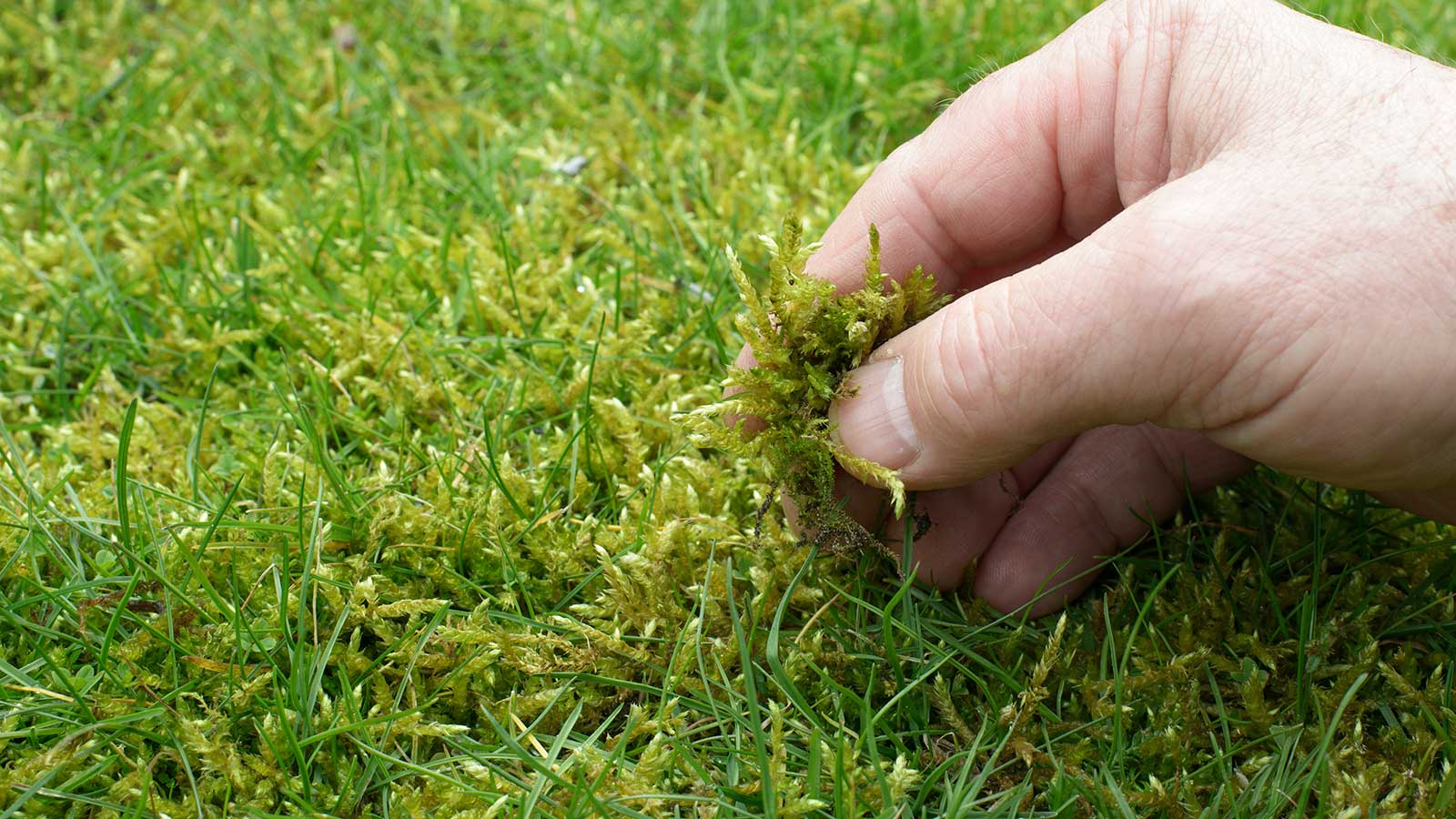

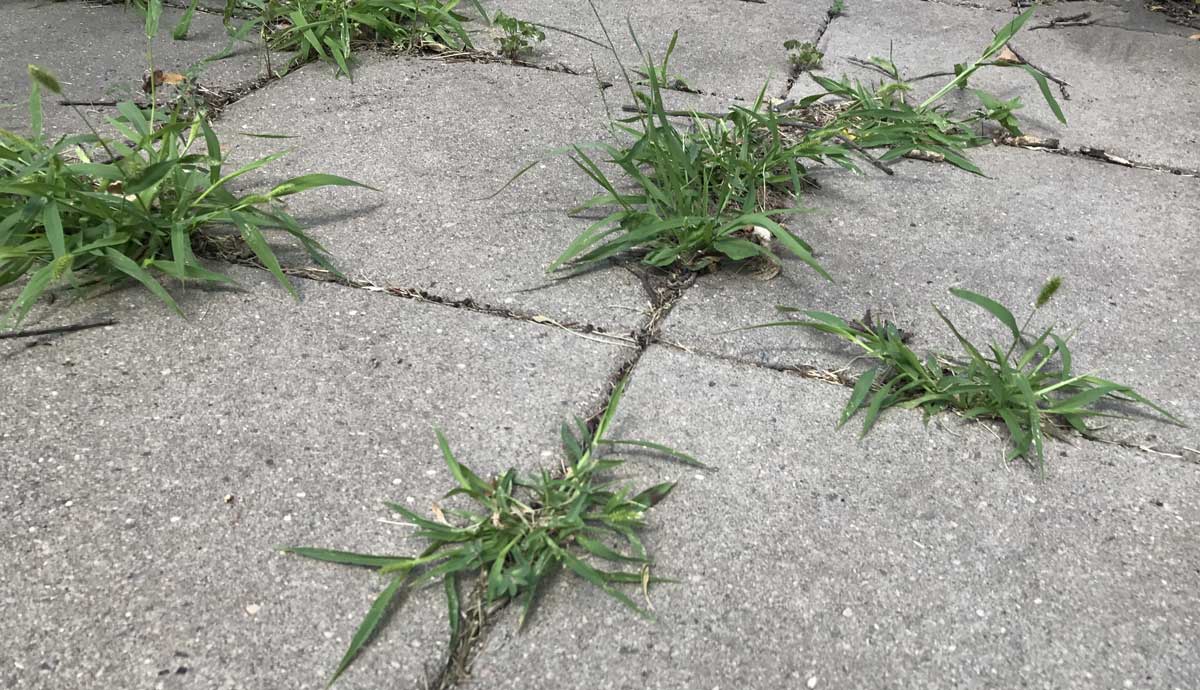
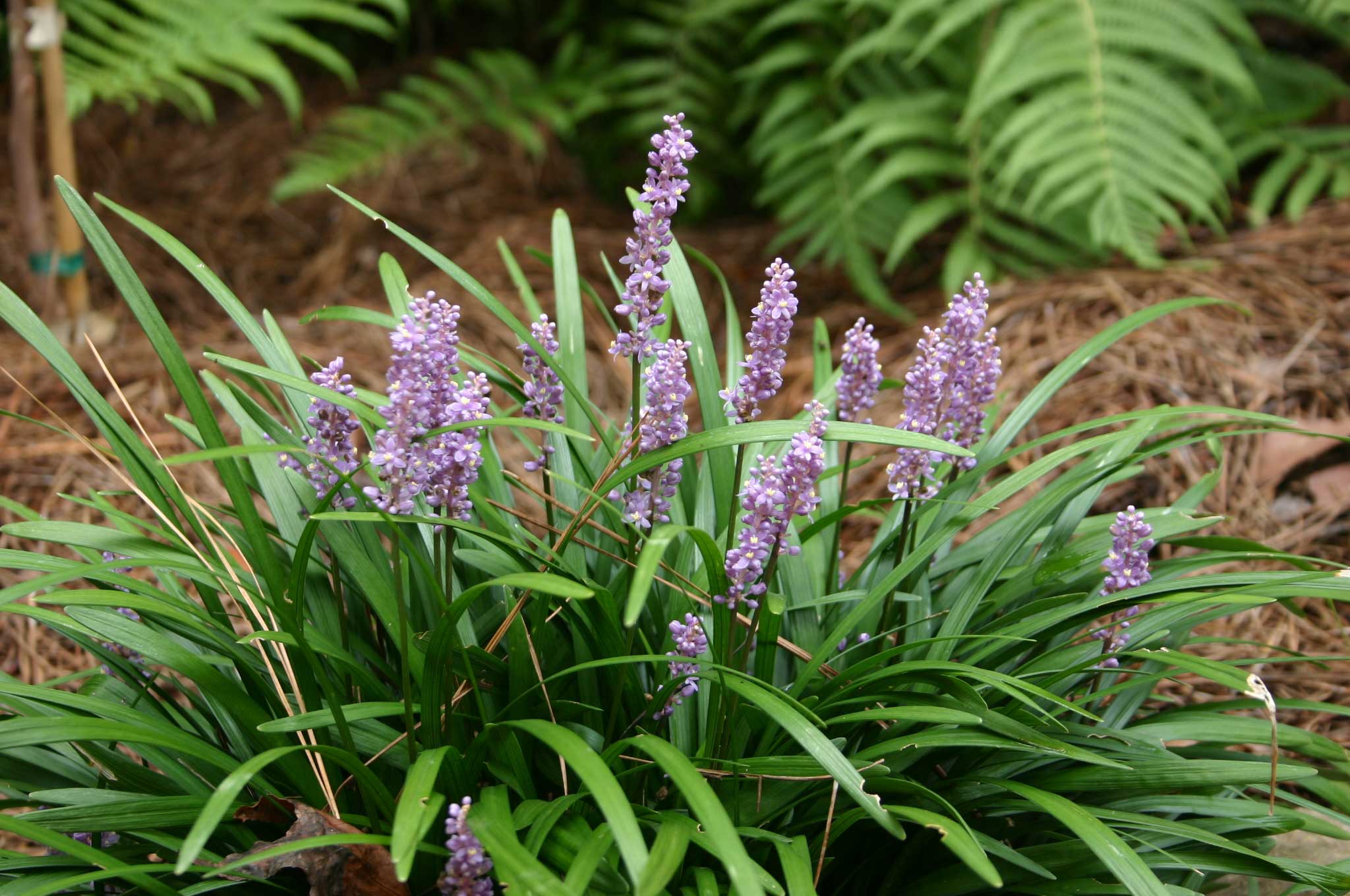
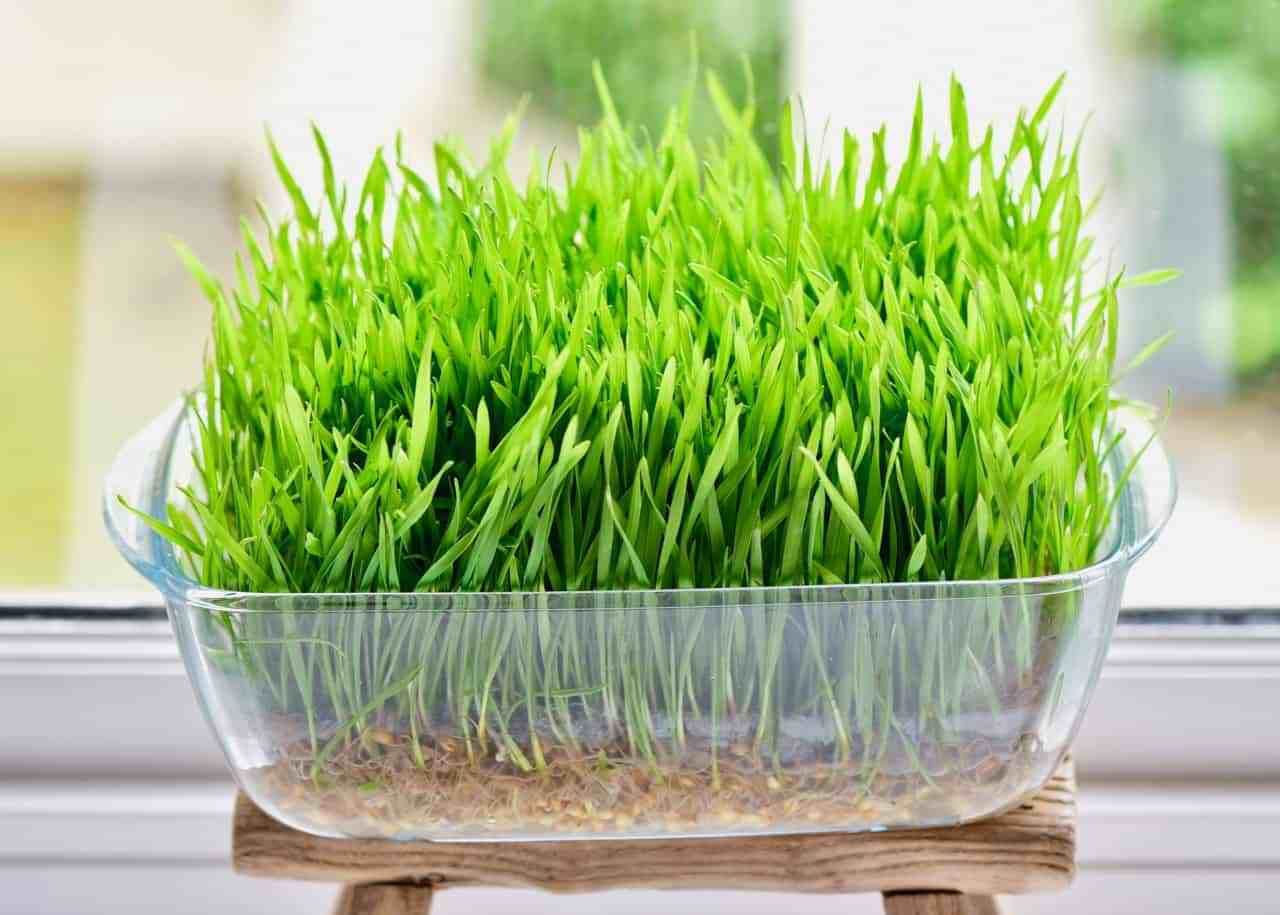


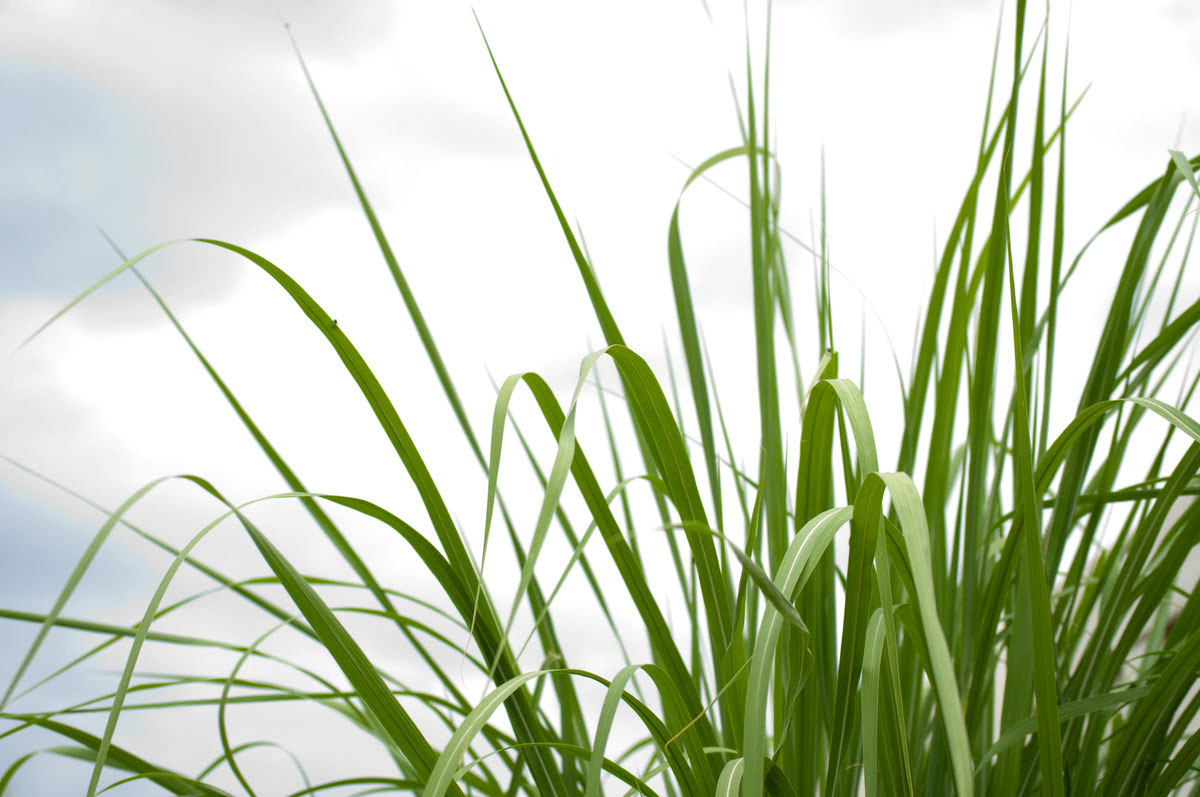

0 thoughts on “How To Get Grass To Grow Back”